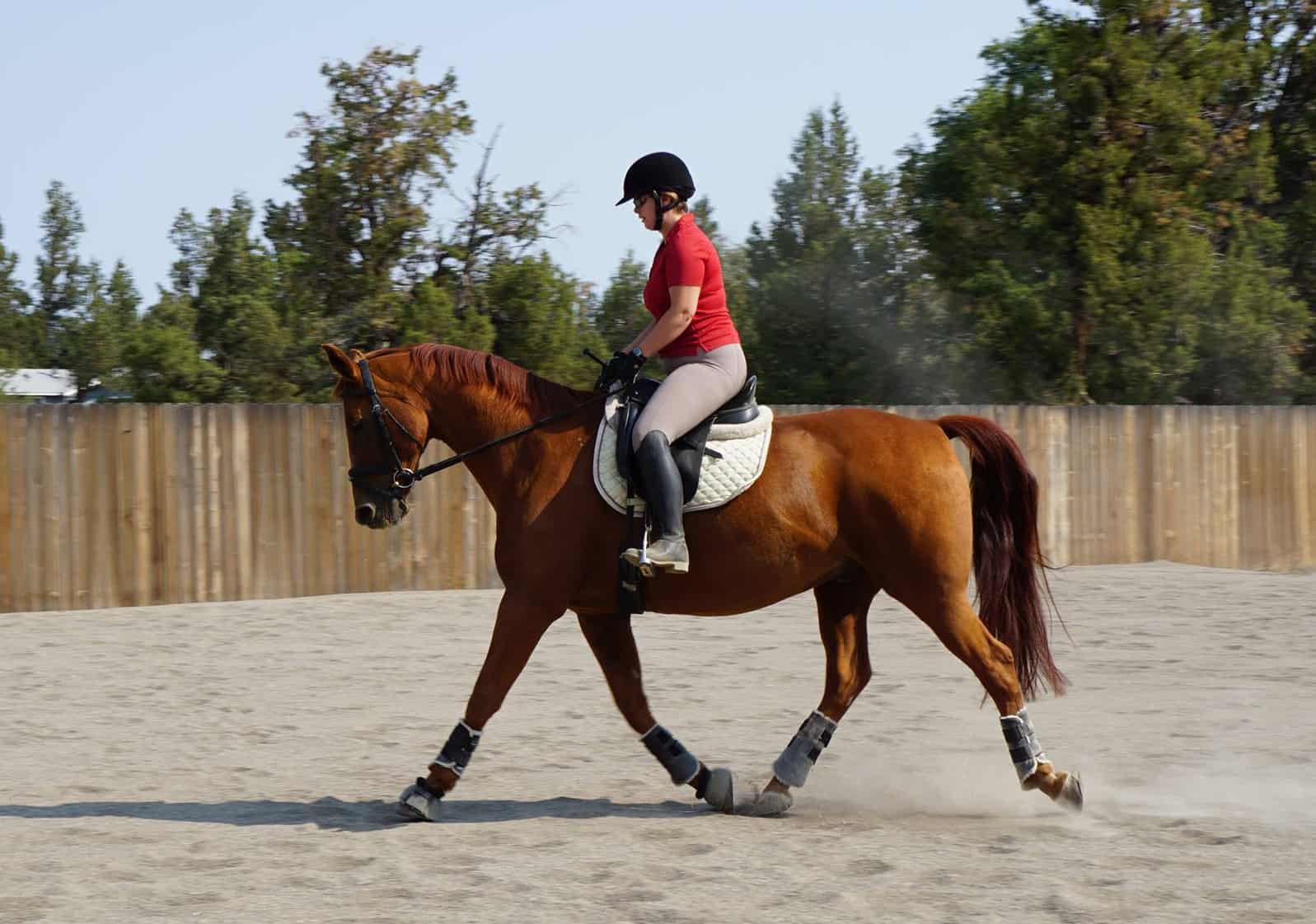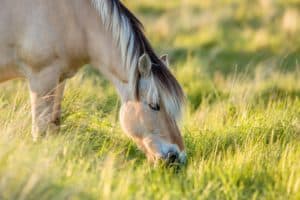The Obel Grading System for Describing Laminitis
- Topics: Article, Laminitis (Founder), Laminitis Conferences
Veterinarians use an evaluation method called the Obel Grading System to classify and understand the progression of laminitis in horses during diagnosis and treatment of this complex disease.
Raul Bras, DVM, CJF, APF, described this system and emphasized its importance in helping both veterinarians and farriers understand individual laminitic cases. Bras is part of the podiatry department at Rood & Riddle Equine Hospital, in Lexington, Ky., and he spoke at the 2012 International Conference on Laminitis and Diseases of the Equine Foot, held Nov. 2-3 in Monterey, Calif.
The Obel system categorizes clinical signs of laminitis-related pain into the following four categories:
-
Grade I: Horses shift weight from one foot to the other or incessantly lift feet. Lameness is not evident at a walk, but at the trot horses will have a shortened stride.
-
Grade II: Horses move willingly at a walk and trot but with a noticeably shortened and stabbing stride. A foot can be lifted off the ground without difficulty.
-
Grade III: Horses move reluctantly and resist attempts to lift affected or contralateral feet.
- Grade IV: Horses express marked reluctance or absolute refusal to move.
Identifying a laminitic horse’s pain level is subjective, Bras noted, which is why the Obel Grading System’s four stages work as helpful guides for practitioners to quantify and communicate each case’s clinical signs. Using the system also creates a benchmark for monitoring the improvement or worsening of the disease
Create a free account with TheHorse.com to view this content.
TheHorse.com is home to thousands of free articles about horse health care. In order to access some of our exclusive free content, you must be signed into TheHorse.com.
Start your free account today!
Already have an account?
and continue reading.

Written by:
Michelle Anderson
Related Articles
Stay on top of the most recent Horse Health news with















